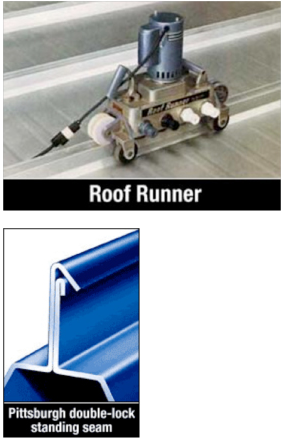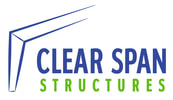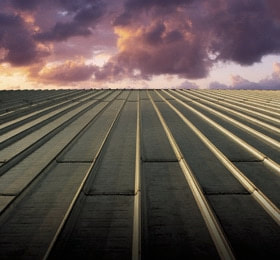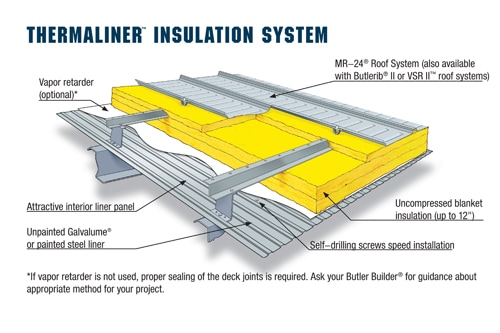Butler® Roofing

For protection and coverage, a quality roof means the difference between a long-
lasting building and countless repairs. With a variety of high-performance options available, Butler sets the standard in quality roof systems.
Roofing Options
From high-slope to low-slope, many options are available for commercial roofing applications. When considering a new roof, you should be aware of the following:
High Slope
The high-slope roof market is heavily residential and dominated primarily by asphalt shingles. Other materials used in high-slope applications include wood shakes and shingles, slate, tile, and standing-seam metal panels. Standing-seam metal roofs are more commonly used in the commercial market.
Low SlopeIdeal for commercial buildings such as warehouses, office buildings, schools, and retail centers, these roofs typically feature a slope of 3″ per foot or less. A growing number of new one- and two-story buildings in the United States use metal systems construction, and most use metal roofs.
Metal Roof SystemsWhether for a new project or a reroof application, a metal roof system is an application that is ideal for commercial buildings. The benefits of a metal roof system depend on whether you use a through-fastened R-panel or standing-seam metal roof. However, all Butler® metal roofs:
Through-Fastened R-panel
Through-fastened R-panel metal roofs, designed for low-slope applications, typically use 24- and 26-gauge coated steel panels. The panels are installed over structural support, being fastened at the sidelap and/or endlap joints.
Standing-Seam Metal Roofs
Designed for low-slope applications, standing-seam metal roofs use panels that are seamed together on-site. Butler uses a portable electric roll-forming machine (Roof Runner®) that bends the edges of connecting panels together to form a watertight seal.
lasting building and countless repairs. With a variety of high-performance options available, Butler sets the standard in quality roof systems.
Roofing Options
From high-slope to low-slope, many options are available for commercial roofing applications. When considering a new roof, you should be aware of the following:
- Climate
- Roof size
- Roof angle
- Installation cost
- Maintenance cost
- Lifecycle cost
- Aesthetics
- Building codes
High Slope
The high-slope roof market is heavily residential and dominated primarily by asphalt shingles. Other materials used in high-slope applications include wood shakes and shingles, slate, tile, and standing-seam metal panels. Standing-seam metal roofs are more commonly used in the commercial market.
Low SlopeIdeal for commercial buildings such as warehouses, office buildings, schools, and retail centers, these roofs typically feature a slope of 3″ per foot or less. A growing number of new one- and two-story buildings in the United States use metal systems construction, and most use metal roofs.
Metal Roof SystemsWhether for a new project or a reroof application, a metal roof system is an application that is ideal for commercial buildings. The benefits of a metal roof system depend on whether you use a through-fastened R-panel or standing-seam metal roof. However, all Butler® metal roofs:
- Are designed and manufactured in a quality-controlled factory
- Can be directly applied to an existing roof (for reroof applications)
- Can be handled by a single contractor
- Are designed to meet local building codes for conditions such as wind, fire, and hail
Through-Fastened R-panel
Through-fastened R-panel metal roofs, designed for low-slope applications, typically use 24- and 26-gauge coated steel panels. The panels are installed over structural support, being fastened at the sidelap and/or endlap joints.
Standing-Seam Metal Roofs
Designed for low-slope applications, standing-seam metal roofs use panels that are seamed together on-site. Butler uses a portable electric roll-forming machine (Roof Runner®) that bends the edges of connecting panels together to form a watertight seal.
MR-24 Roof Panel Clip



